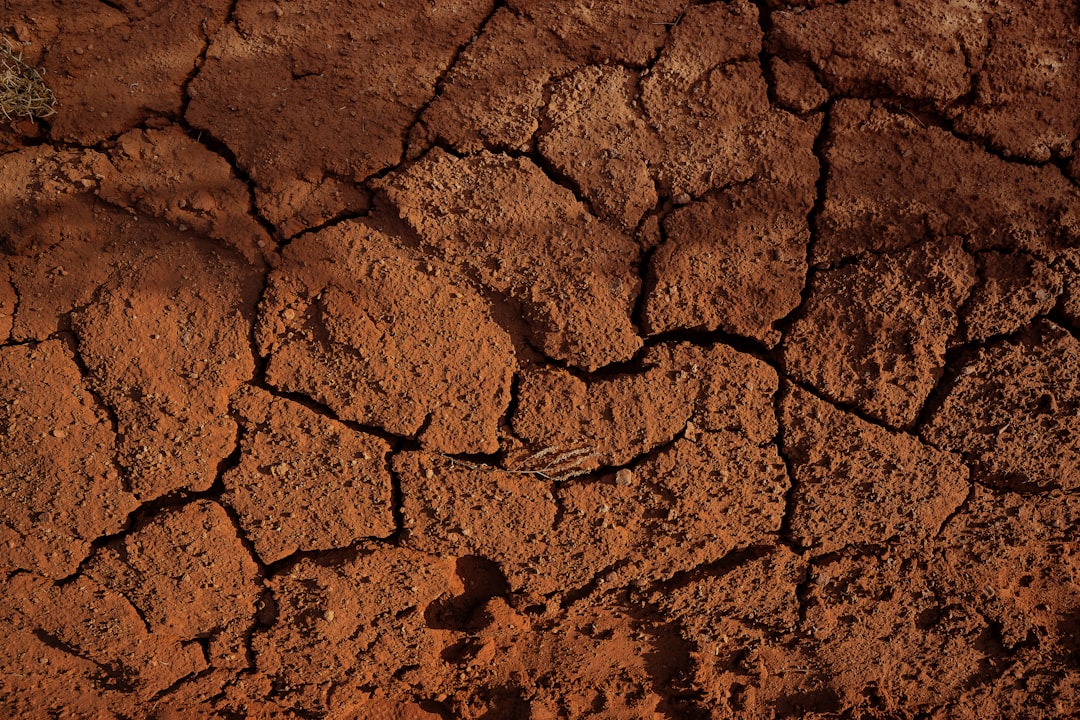What is it about?
Due to the unavailability of any effective manure management strategy, manure nutrients reach streams and degrade water quality. This study identifies the landscape's biophysical properties that should be considered to develop manure management strategies.
Featured Image

Photo by Jan Kopřiva on Unsplash
Why is it important?
This study is crucial to developing an environmentally sustainable manure management strategy. In addition, several stakeholders, including farmers, land managers, and policymakers, can identify the critical biophysical attributes of lands, which can limit manure application. The study also helps stakeholders improve local stream water quality, reduce inorganic fertilization costs, and treat manure as a resource. The developed framework in the study could contribute to improving nutrient management plans for stakeholders.
Perspectives
I hope the reader can get a new perspective on sustainable manure management strategy development. The livestock industry of the US is facing challenges accommodating its farm-generated manure. In addition, many estuaries, including the Chesapeake Bay and the Gulf of Mexico, are experiencing eutrophication and hypoxia. This study might help all the stakeholders to develop many improved nutrient reduction strategies and minimize the disconnections among them to reduce manure nutrient loss.
Gourab Saha
Pennsylvania State University
Read the Original
This page is a summary of: Toward a Robust Land Suitability Framework for Manure Management: Modeling Impacts and Evaluating Biophysical Characteristics, JAWRA Journal of the American Water Resources Association, May 2022, Wiley,
DOI: 10.1111/1752-1688.13008.
You can read the full text:
Contributors
The following have contributed to this page










